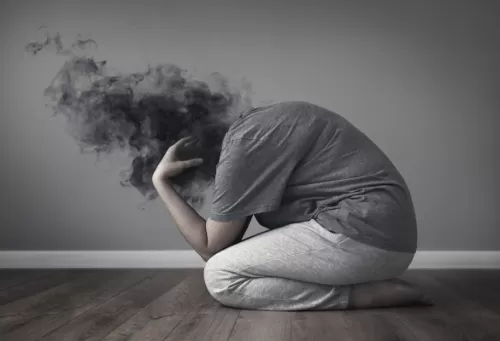Depression in 2025: What Gen Z Needs to Know
In 2025, depression has become one of the most talked-about — and misunderstood — mental health issues in the United States, especially among Gen Z. While awareness is growing, many people still struggle to recognize what depression really looks like, or how to seek help in the age of social media.
Related searches

It’s More Than Just Feeling Sad
Contrary to what many believe, depression isn’t always about crying or feeling down. In fact, many people with depression report feeling numb, detached, or constantly exhausted. Some of the most common — and overlooked — symptoms include:
Losing interest in things you used to enjoy
Constant tiredness, even after a full night’s sleep
Feeling irritable, anxious, or emotionally empty
Isolating from friends or family
Overeating or loss of appetite
Difficulty concentrating or making decisions
You might still be going to work, attending school, or posting selfies — and still feel like you’re falling apart on the inside. This is often referred to as high-functioning depression, and it’s becoming increasingly common, especially among young adults.
Why It’s a Gen Z Issue
According to recent data from the CDC, nearly 1 in 3 adults aged 18–25 in the U.S. has experienced a major depressive episode. The rise is linked to multiple factors, including:
Social media pressure and comparison
Financial stress and job uncertainty
Global crises (climate anxiety, war, inflation, etc.)
Loneliness and lack of community
Academic and career pressure
Platforms like TikTok have given people a space to share their struggles openly. Hashtags like #DepressionTok, #MentalHealthAwareness, and #SadTok are filled with personal stories, dark humor, and healing journeys. While this openness is powerful, it can also be overwhelming — and sometimes misleading.
The TikTok Trap: Is It Helping or Hurting?
Spending hours scrolling through relatable content can feel comforting, but it doesn’t replace real help. In some cases, it may even reinforce negative feelings or lead to doom scrolling — a cycle of passive consumption that deepens feelings of helplessness and isolation.
If you’re turning to social media to cope, try to check in with yourself:
Are you feeling better or worse after watching?
Are you comparing your healing journey to others?
Have you replaced offline support with online content?
When to Seek Help
You don’t need to hit “rock bottom” to get help. If any of the following apply to you, consider speaking to a mental health professional:
You feel down or numb for more than two weeks
You’re struggling to get through everyday tasks
You’ve noticed big changes in sleep, appetite, or energy
You’re having thoughts of self-harm or hopelessness
You no longer feel joy, even in things you used to love
Small Steps That Can Make a Big Difference
Talk to someone you trust — a friend, a family member, or a therapist
Move your body, even just a short walk outside
Create a daily routine, including sleep and meal times
Limit screen time, especially before bed
Try journaling, mood tracking apps, or guided meditation
Resources in the U.S.
988 Suicide & Crisis Lifeline (Call or text 988) — Free, 24/7 support
NAMI (National Alliance on Mental Illness) – nami.org
BetterHelp – Online therapy available on your schedule
Crisis Text Line – Text “HELLO” to 741741
You Are Not Alone
Depression is real. It’s common. And it’s treatable.
Whether you're openly sharing your story on TikTok or silently struggling behind a screen, know that help is available — and healing is possible. Every step counts, even if it’s just getting out of bed today.

